Time to take CARE
Written by Ollie Douglas and Joe Vaughan.
to care for: to take thought for, provide for, look after, take care of.
From COVID-19 to the climate crisis, from guarding green space to the future of farming, rural life today is affected by many complex forces. In response to these diverse and often frightening challenges, we are keen to pause for a moment and consider the importance of taking care.
As a museum our duties of care are varied. We care for our collections and the history of rural people and landscapes. We explore how best to care for the countryside in the present. And we celebrate ways of taking care of our natural world into the future.
With all this in mind, over the coming weeks and months, we will be highlighting the importance of this custodianship through a focus on care. How we look after rural heritage, the past, present and future of the countryside, and each other. This blog explores these questions both in the context of our work in recent years and our upcoming projects in 2022.
Whilst this article was first drafted at the beginning of 2022, its publication comes at a time when so many people across the world are demonstrating care through solidarity with the people of Ukraine, sending charitable supplies, welcoming and supporting those fleeing conflict, and helping to safeguard Ukrainian cultural heritage. We have updated the text to reflect on the war in Ukraine, highlighting the country’s enormous agricultural history, its pivotal role in contemporary European food systems, and ways in which you can provide support to our local Ukrainian community.
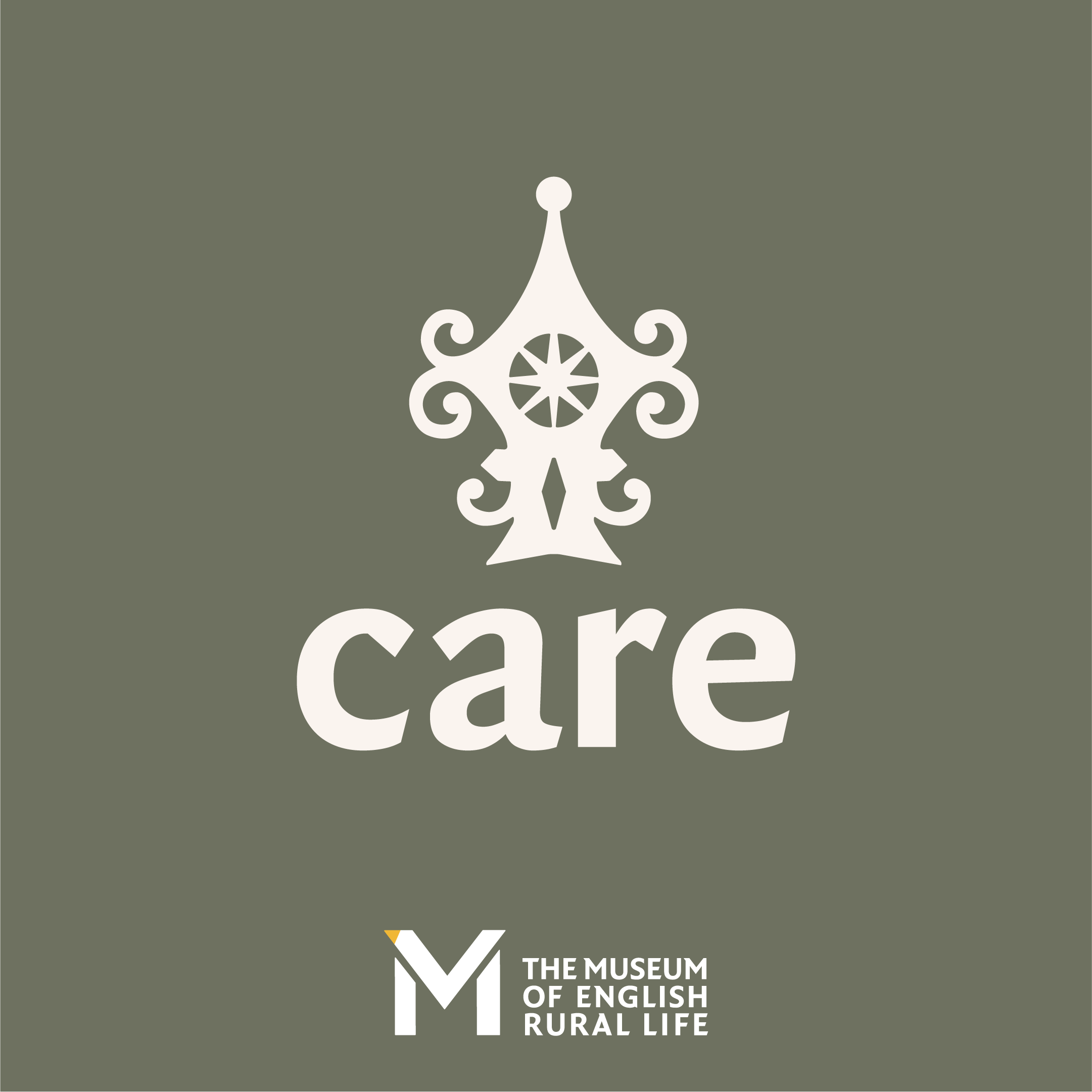
Stories of care in our collections
Visitors to The MERL are welcomed with a display that includes fraternal society pole heads linked to the Order of Oddfellows. From the eighteenth century onwards, organisations like these helped to provide a social cushion for paying members. At a time before the welfare state and the provision of universal healthcare by our amazing NHS, these institutions offered mutual aid to those able to join. In the case of the Oddfellows, images used in promoting their activities included a ‘heart in hand’ symbol that served as a sign of charity. Similar objects used by friendly societies are displayed prominently throughout the museum.
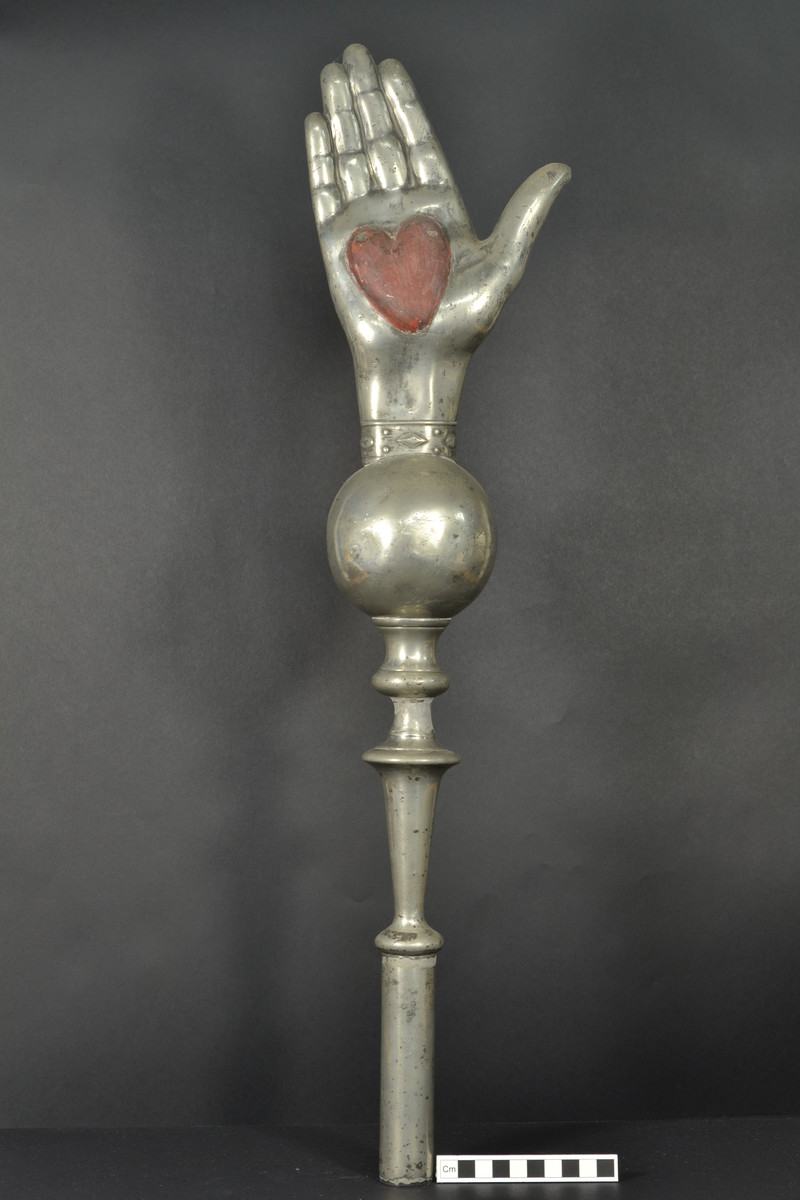
Organisations such as the Oddfellows lead us to consider who was doing the caring, and for whom that care was being provided. This was, after all, a group where paying membership was an essential component of access.
This same heart in hand stretched beyond the Oddfellows, used as it was by other Christian populations including Shakers and the Amish. And although there is no explicit link, a similar image known as the ‘hand of Fatima’ served as a protective mark for many Jewish and Muslim communities. Here the open palm was adorned with a circle, an eye, or intricate decoration.
Echoing the inclusive charity and protection offered by this symbol’s value for these diverse religious communities, here at The MERL we care for collections on behalf of everyone, not just one set of members. Our provision is a touch more inclusive than the Oddfellows’ arguably was, as access to our galleries is free of charge and open to all.
The same objective of inclusion drives our new series of blogs, Changing Perspectives in the Countryside, which seeks to highlight and celebrate the diversity of those who care for and about our countryside. At the same time, a range of friendly society pole heads have formed the focus of an extraordinary new exploration of our holdings by renowned artist and photographer Ingrid Pollard, the results of whose residency will soon be installed for you to enjoy. Watch this space for more details, and in the meantime, check out this major retrospective of her work that launches at MK Gallery this weekend from 12th March.
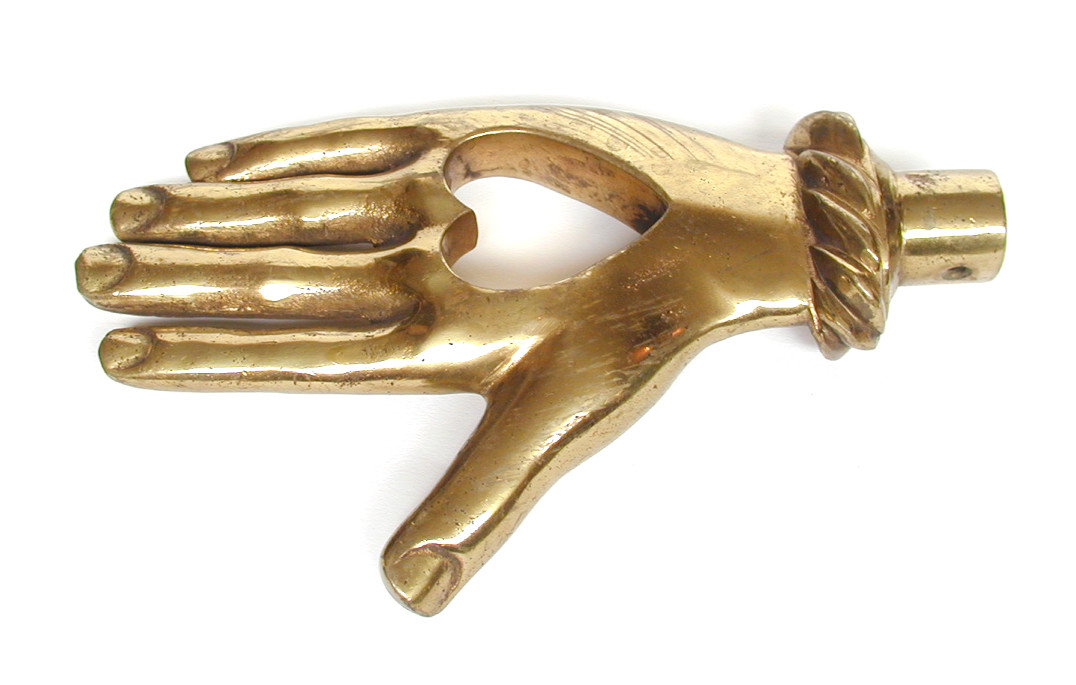
Holding heritage (two metres apart)
Together, these hand-shaped symbols emphasise the importance of human contact and the sense of touch. Whether it be a simple handshake or indeed an elbow bump, a helping hand, throwing your arms around a loved one, or perhaps just ‘touching’ the lives of those around you, the pandemic emphasised how hands play a vital role in our collective humanity. At The MERL, we are keen to draw inspiration from this, taking it as extra motivation to care for tangible heritage on your behalf.
Until COVID, you could more often than not find an enthusiastic volunteer in our galleries offering the chance to get ‘hands on’ with the past by personally handling our objects. In the course of the pandemic, we found ourselves unable to provide these experiences, as our practice instead became shaped by social distancing, hand sanitiser, and PPE. Of course, we already used nitrile gloves with some of our collections, but even archivists and librarians were soon wearing them too.
Why was this strange? Well, gloved hands risk the tearing of vulnerable pages. The popular stereotype of the gloved specialist infuriates many who work with historic books, manuscripts, or papers. And if you think these fine people care about old documents, they really, really care about how people handle them.
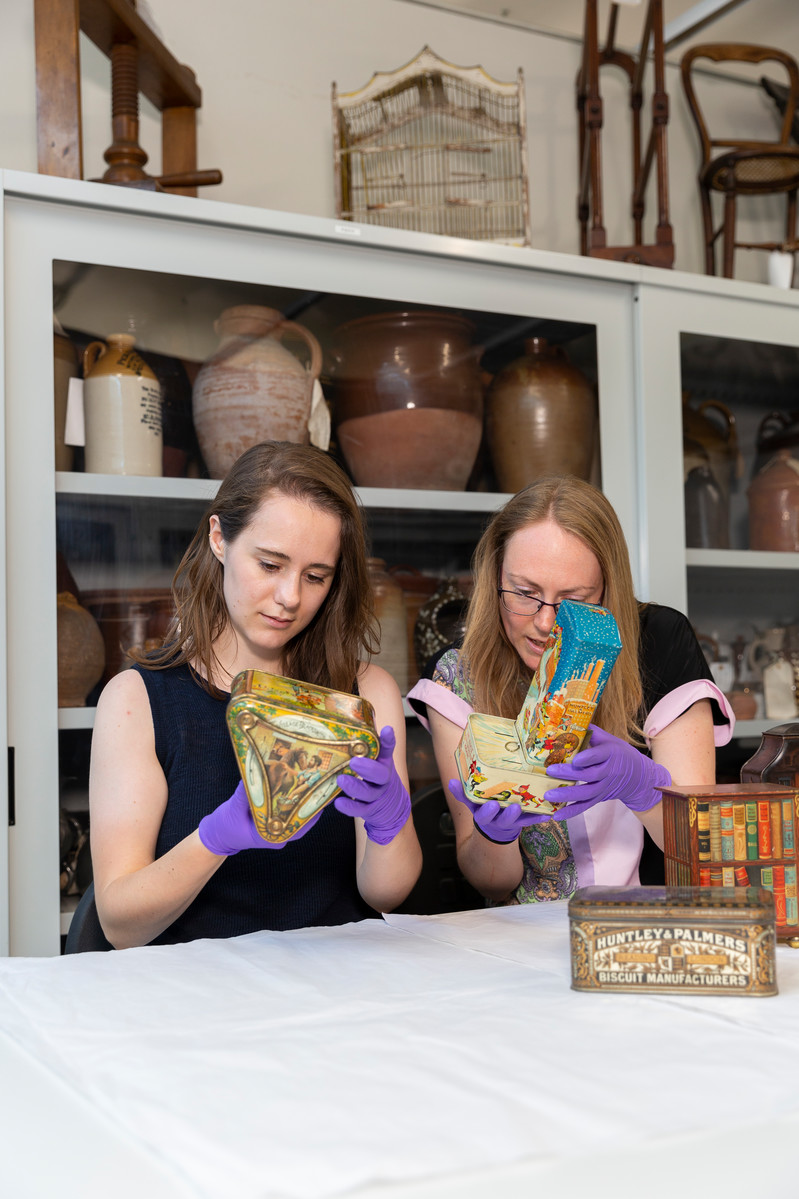
Alongside navigating the broader protocols of the pandemic, our vast library, archive, art, and object collections still required ongoing care. Which is one of the things that heritage professionals do best: caring for the inanimate objects we look after, and the people we look after it for.
The care of museum collections differs in one significant way to the care of living beings: they are unable to tell you what is wrong with them. It is up to a conservator to interpret the tell-tale signs of an ailing object, in interactions that are normally two-fold. Firstly, we seek to stabilise any active problems by halting processes of decay. And then we do what we can to support improved access and interpretation for our visitors and users.
For example: we are currently conserving a basket, recently donated to us, which was originally used by a champion chicken breeder. This wicker structure features a hessian lining. It was severely soiled and had been infested by case-bearing cloth moths. If left untreated, these moths might have transferred to the rest of the collection. Parts of the basket had broken off, too, and needed to be replicated in order to enable a better understanding of both the original form and its function.
Who grows our food?
In addition to caring for poultry objects like this and to many other collections, we have also been caring for our own chickens throughout the pandemic. Indeed, the poultry sector is contending with the worst outbreak of bird flu in recent years. But in spite of the current chicken lockdown, we are following the rules (as we’re very much used to after passing through a pandemic of our own). And just like our champion chicken breeder’s basket, our hens are in extremely good hands.
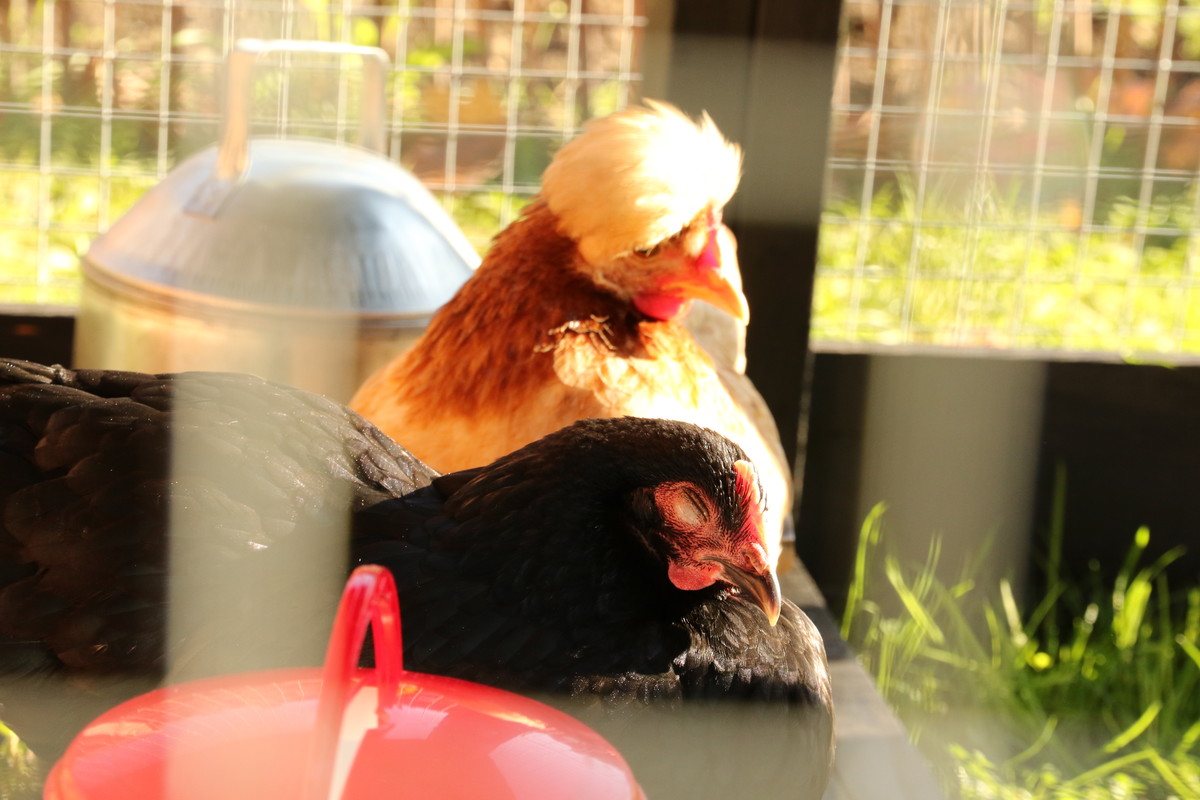
The work of caring for our hens serves as a neat reminder of the many different people we rely on to provide the food we eat. In recent years, many complex challenges—including global trade, the movement of goods, the complexities of COVID, and the UK’s departure from the European Union—have all combined to make many of us reflect carefully on how goods get from field to fork.
It is also worth noting the impact of war (both historic and current) on the provision of food. Ukraine is known as ‘the breadbasket of Europe’ because of its highly productive and fertile farmland, as highlighted in a statement of solidarity by our colleague Claus Kropp, President of the International Association of Agricultural Museums (AIMA). Beyond the devastating loss of human life, the war has enormous implications for food security, both in Ukraine and beyond.
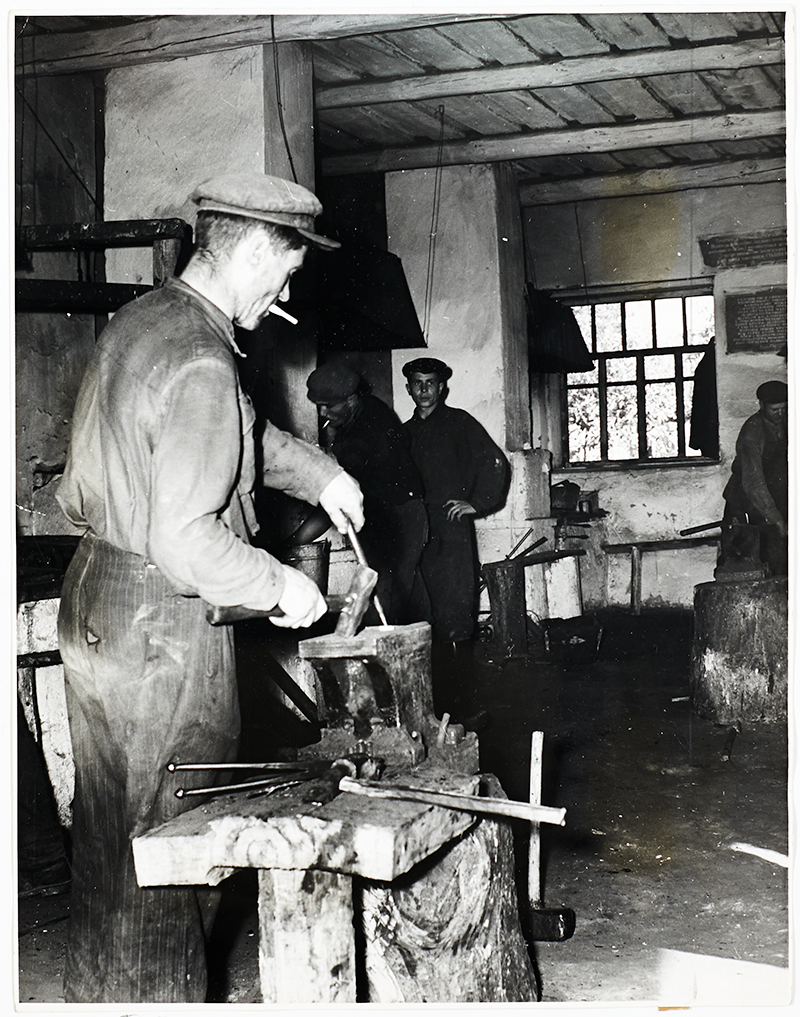
As well as championing those who play a role in caring for landscapes and natural environments, we want to celebrate and share stories and experiences of people involved in caring about our food. Who are the individuals whose hard work keeps us fed, like the farmers in this photograph above? What are their working lives like? How can we better acknowledge their efforts, appreciate their hard work, and show that we care about their lives?
With this sense of care in mind, we are pleased to announce a new collaboration with the team behind Feeding the Nation, a research project aiming to better understand the role of migrant seasonal workers in our food systems. We will soon be launching a new series of online exhibitions exploring this project, featuring artwork by Sarah Hannis that provides insight into their lives, and highlighting the vital role of seasonal migrant workers in supporting our food security.
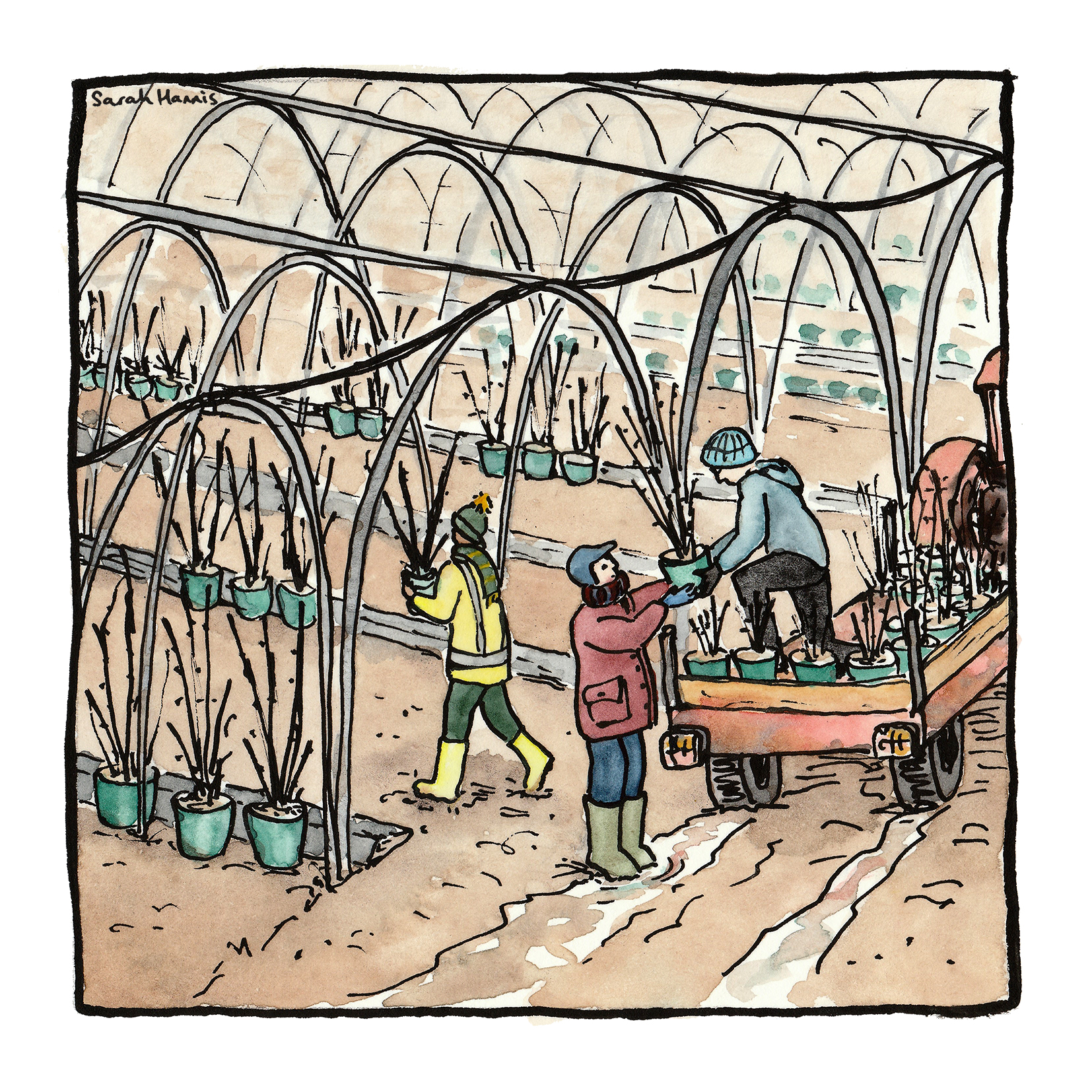
Caring for people
Of course, care isn’t just about how best to handle and look after livestock, conserve old things, or think carefully about where our food comes from and who produces it. The need to provide real and tangible care for others around us is something that the pandemic has made clear like never before. Lockdowns and mask-wearing protected the most vulnerable. For many of us, this necessitated placing the needs of others ahead of our own. Along with these sentiments, long periods of restriction, worry, and isolation have encouraged lots of us to be more proactive about self-care, whether in the form of physical exercise, art and craft activities, or other hobbies that might help mitigate anxiety.
Within our galleries, artistic responses stemming from our local community here in Reading underpin some of the latest changes to The Nook and Community Case. Our new displays include Community Voices and Creative Communities During Lockdown.
Another new arrival this month is the latest student exhibition, in which this year’s Museum Studies cohort explore rural pastimes that have been brought to the fore by the lens of lockdown, especially those linked to the great outdoors. Their Staircase Hall display—‘Go As You Please: Questioning Leisure and Green Space’—examines issues of access, wellbeing, and relaxation in the countryside. These topics in turn resonate with many of the wider challenges of caring for rural landscapes and environments.
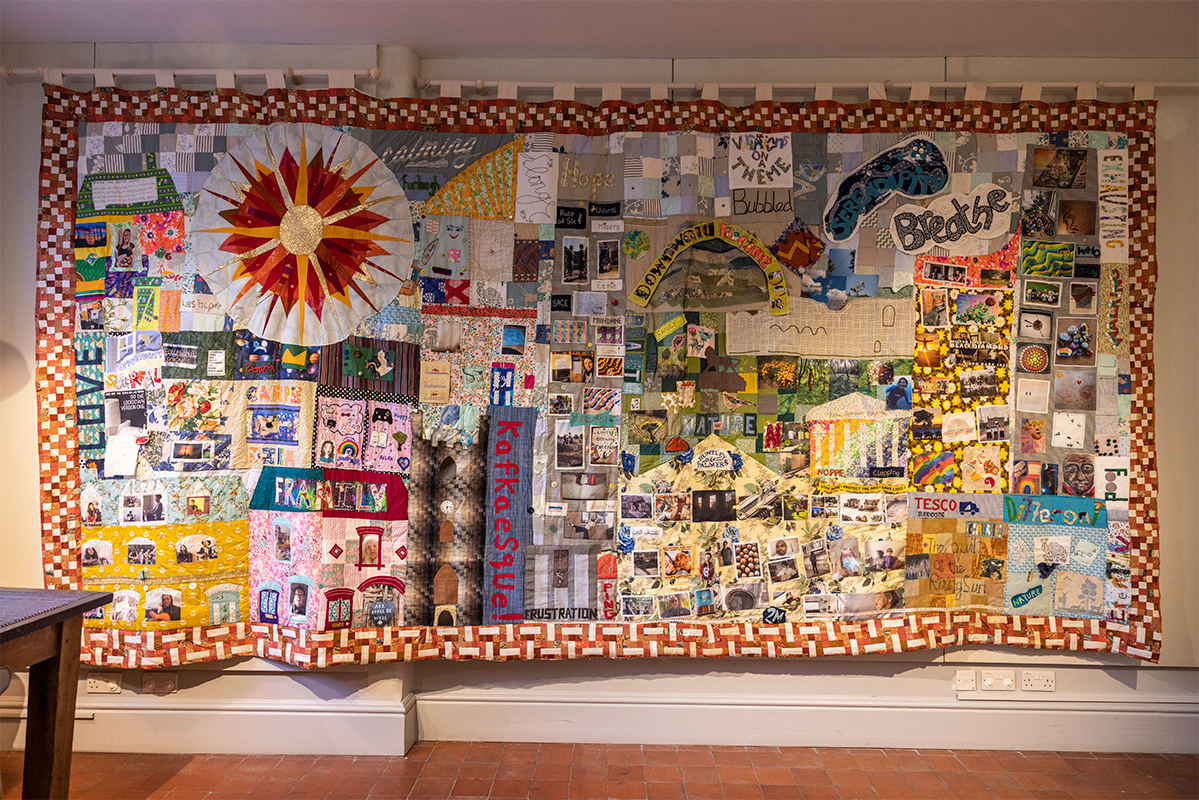
Another initiative—Museums, My Way—launched this month, revealing the care we take in making our galleries accessible to neurodiverse audiences and users. Throughout the year, as we reflect on these sessions, we will be continuing to review questions of accessibility across our service and spaces.
Further content linking to the theme of care will be announced as our public programme takes shape. Ongoing Thriving Communities activity is set to continue delivering social prescribing outcomes for a range of local groups. Our amazing garden team will maintain their ongoing care of The MERL’s outdoor spaces, helping to enhance the wellbeing potential of these cherished facilities for our users, and we will be developing care and wellbeing-centred activities for our Friday Fledglings and family audiences.
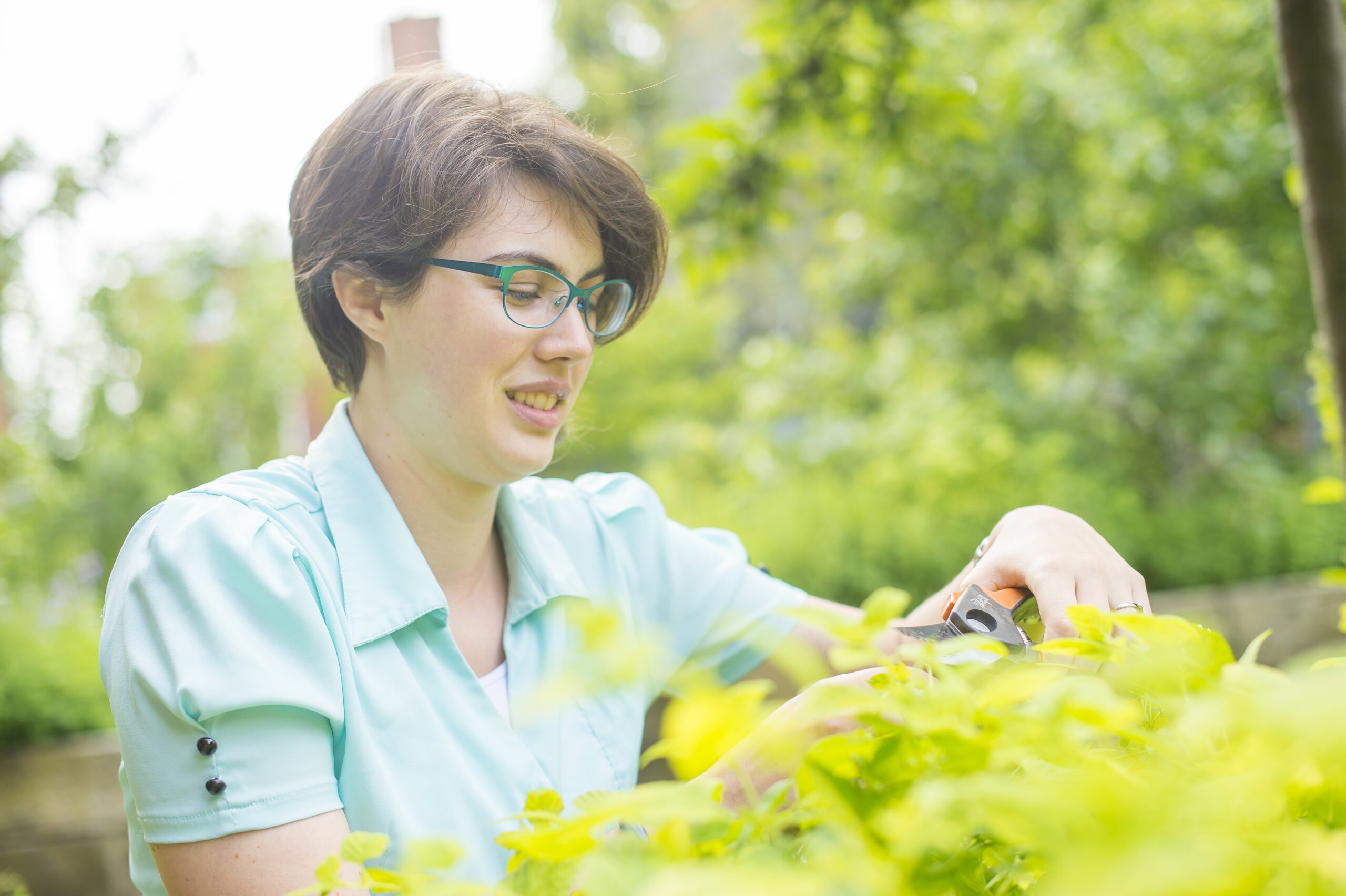
In a few months, we will be welcoming a trainee as part of a new National Lottery Heritage Fund scheme called Curating For Change. This project provides placement opportunities and pathways for D/deaf, disabled, and neurodiverse people to enable them to develop museum careers.
And last but by no means least, we are keen to take care of each other. We’re lucky to work with an extraordinarily skilled, knowledgeable, kind, and supportive group of careful colleagues, volunteers, community partners, amazing audiences, and users. We want to thank you for continuing to care for us and to care about what we do. We also want to thank each other for providing a caring sense of community spirit, for looking out for one another over the past couple of years, and for continuing to take care of each other into the future.
So, with heart in hand as much as hand on heart, we welcome you to join us in celebrating CARE in all its forms. For now, at least: take care!
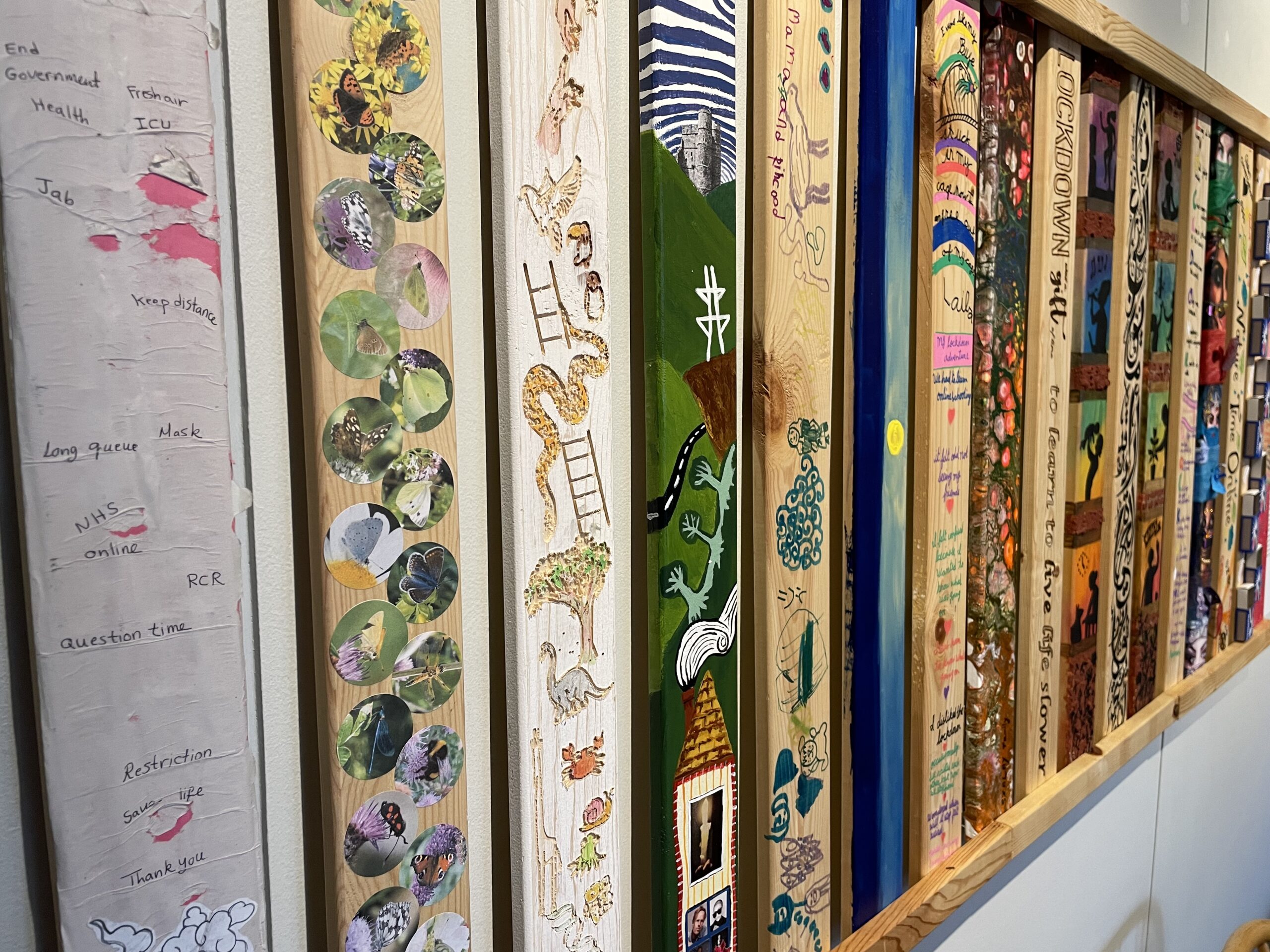
Click here for details of the full CARE programme.
To learn how you can support Reading’s local Ukrainian community, please visit the Reading Ukrainian Community Centre website or see Reading Refugee Support’s Ukraine Appeal. Read more in the statement by the University of Reading’s Vice-Chancellor.
